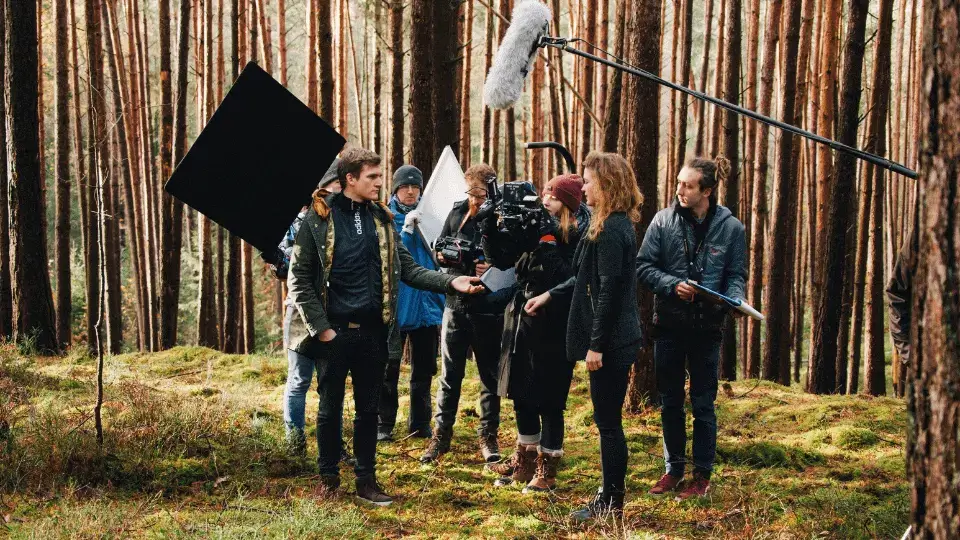‘Saving Private Ryan’ Screenplay: A Masterclass in Craftsmanship
‘Saving Private Ryan’ is a 1998 American epic war film directed by Steven Spielberg and written by Robert Rodat. The film is widely regarded as one of the best war movies ever made and has received critical acclaim for its realistic portrayal of the D-Day invasion of Normandy during World War II. The screenplay of ‘Saving Private Ryan’ is considered a masterpiece in the film industry, and aspiring screenwriters can learn a lot from it.
The Importance of Research
One of the most important aspects of the ‘Saving Private Ryan’ screenplay is the attention to detail and accuracy in the portrayal of the D-Day invasion. The screenwriter, Robert Rodat, spent months researching the historical events and interviewing veterans to get a sense of what it was like to be on the front lines during the invasion.
Aspiring screenwriters can learn from this example and understand the importance of research in their writing. Whether it’s historical events, scientific concepts, or cultural practices, research is essential to creating a believable and engaging story.
Character Development
Another key aspect of the ‘Saving Private Ryan’ screenplay is the development of its characters. The film follows a group of soldiers as they search for Private James Francis Ryan, a paratrooper who is the last surviving brother of four servicemen. Each character has a distinct personality and backstory that contributes to the overall narrative.
Aspiring screenwriters can learn from this example and understand the importance of creating well-rounded characters. Characters should have a clear motivation, distinct personality traits, and flaws that make them relatable to the audience.
Dialogue and Action
The ‘Saving Private Ryan’ screenplay is also notable for its realistic dialogue and action sequences. The film’s opening scene, which depicts the D-Day invasion, is widely regarded as one of the most intense and realistic depictions of combat ever put on film.
Aspiring screenwriters can learn from this example and understand the importance of creating engaging dialogue and action sequences. Dialogue should be natural and realistic, and action sequences should be well-choreographed and exciting.
Visual Storytelling
Finally, the ‘Saving Private Ryan’ screenplay is a masterclass in visual storytelling. The film’s cinematography, editing, and sound design all contribute to the overall narrative and help create an immersive and engaging experience for the audience.
Aspiring screenwriters can learn from this example and understand the importance of visual storytelling in their writing. Whether it’s through camera angles, lighting, or sound design, visual storytelling is essential to creating a memorable and impactful story.
Conclusion
Aspiring screenwriters can learn a lot from the ‘Saving Private Ryan’ screenplay, including the importance of research, character development, dialogue and action, and visual storytelling. If you are interested in pursuing a career in the film industry, consider taking the NYU Film and TV Industry Essentials online course and certificate program offered by Yellowbrick in partnership with New York University. This program will provide you with the skills and knowledge you need to succeed in the competitive world of film and television.








